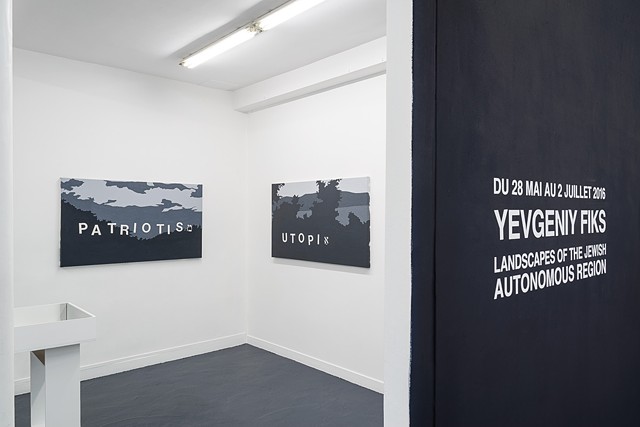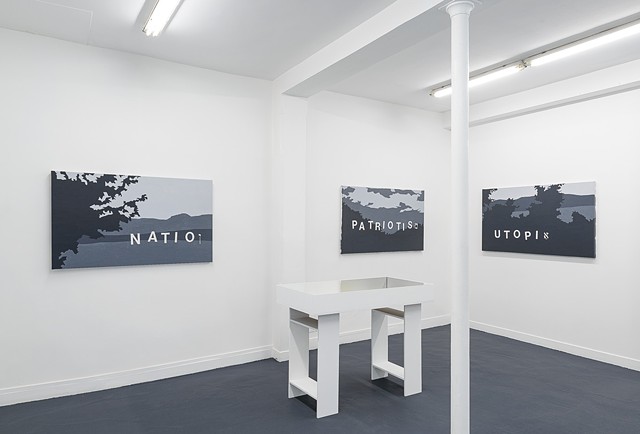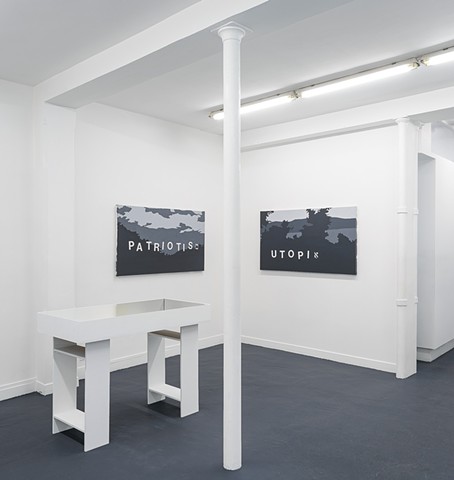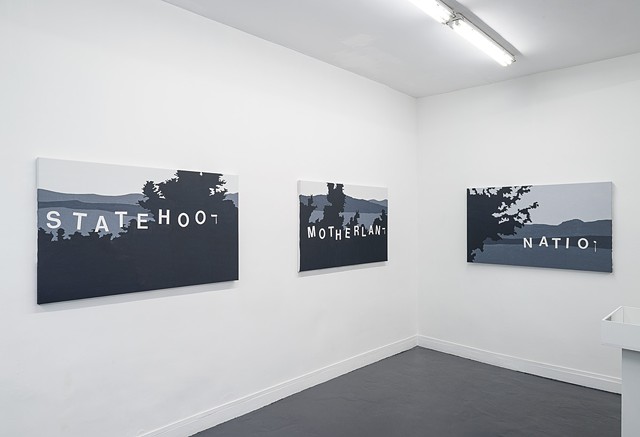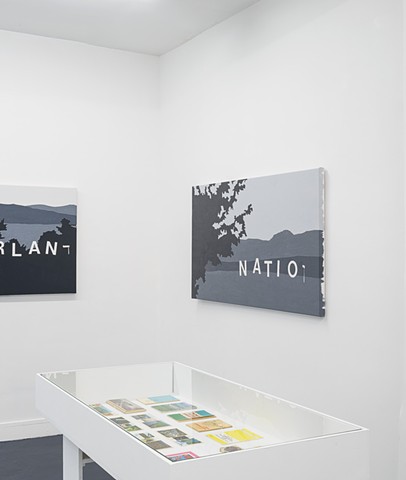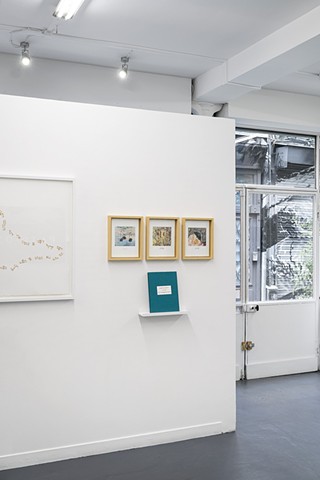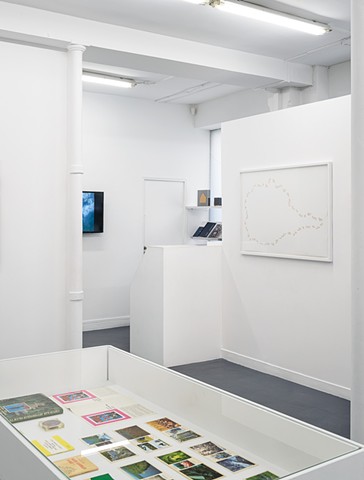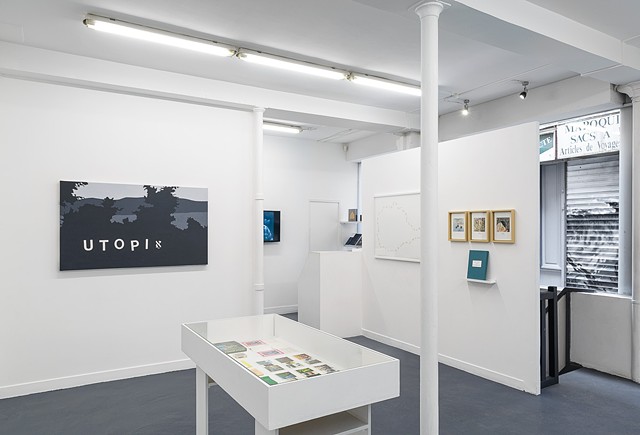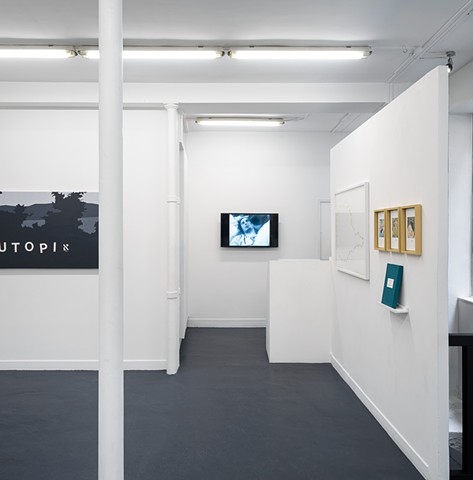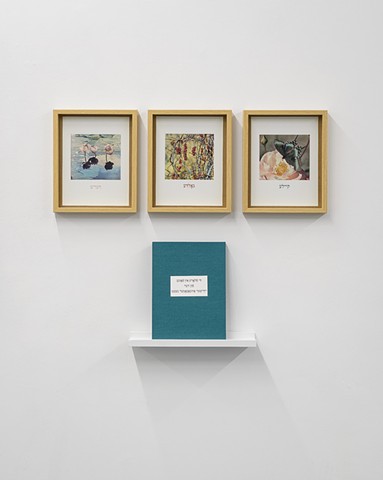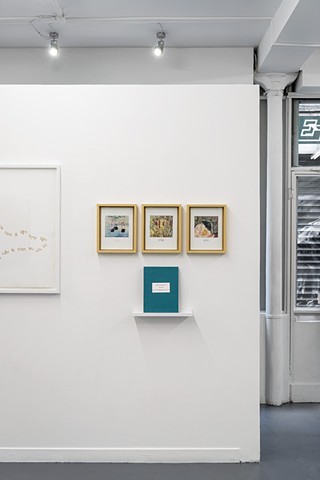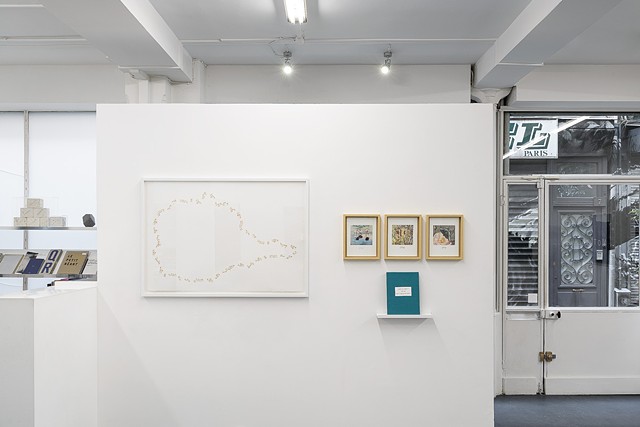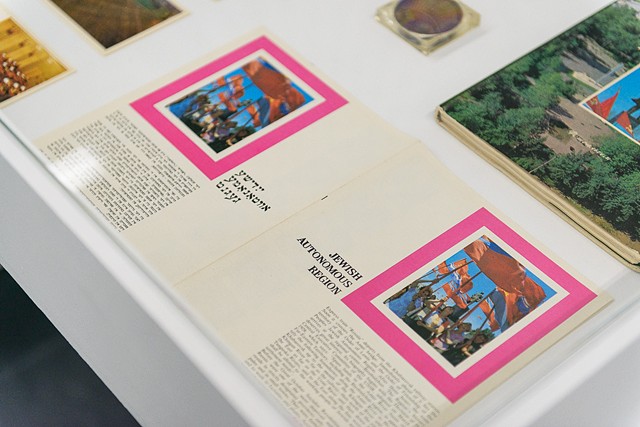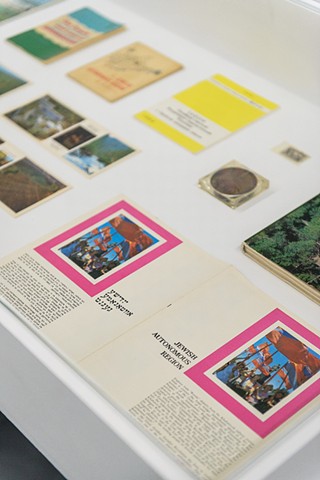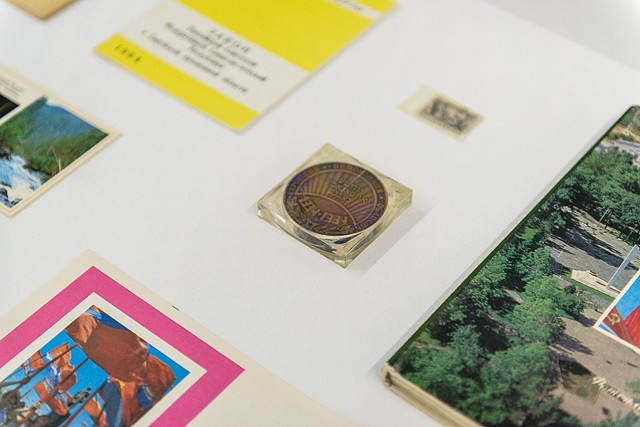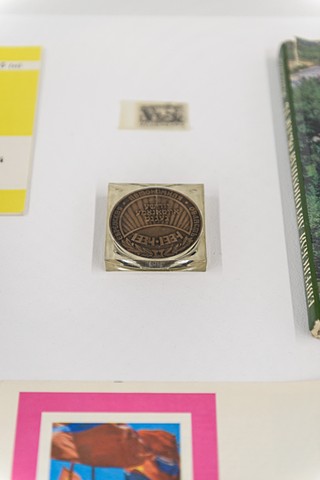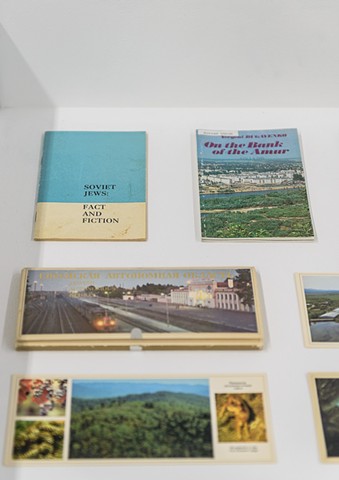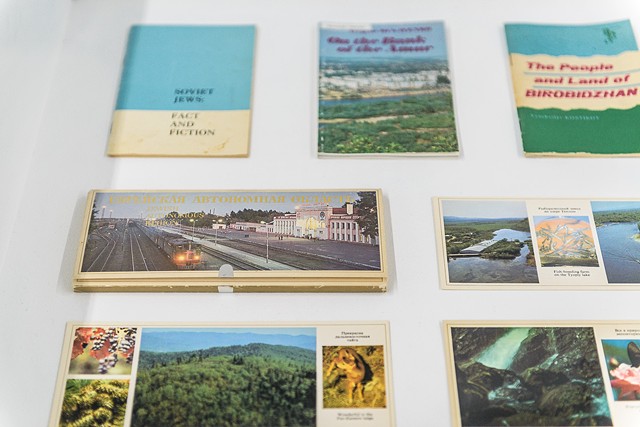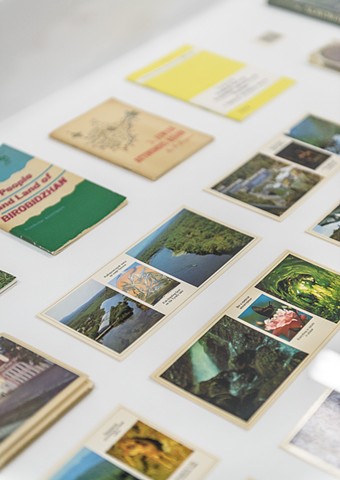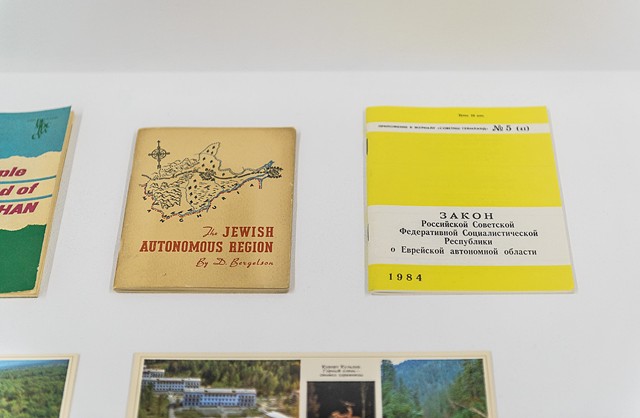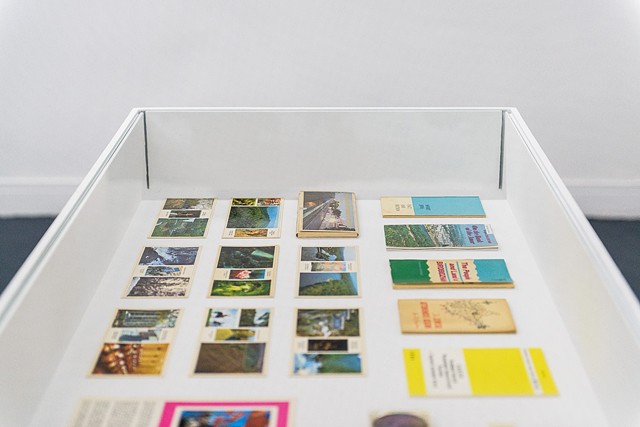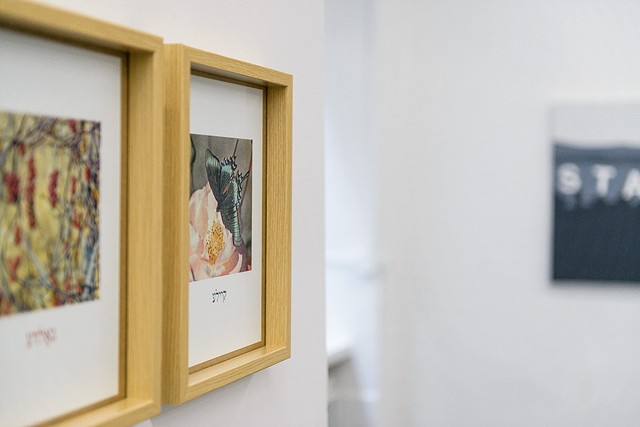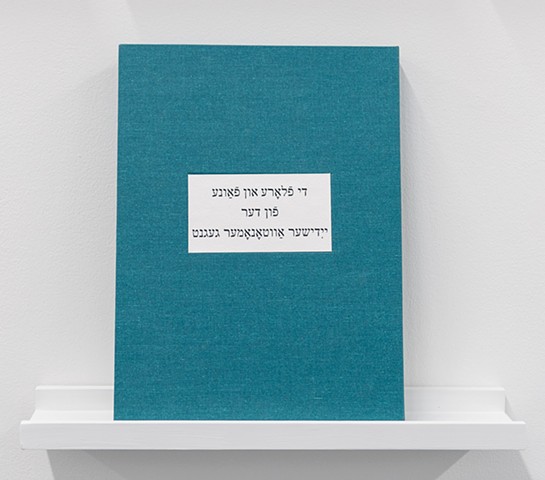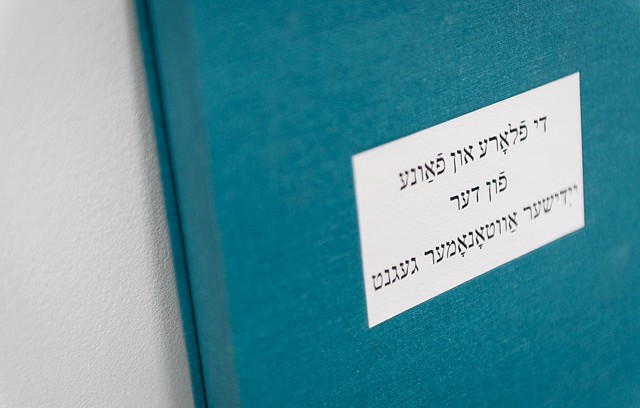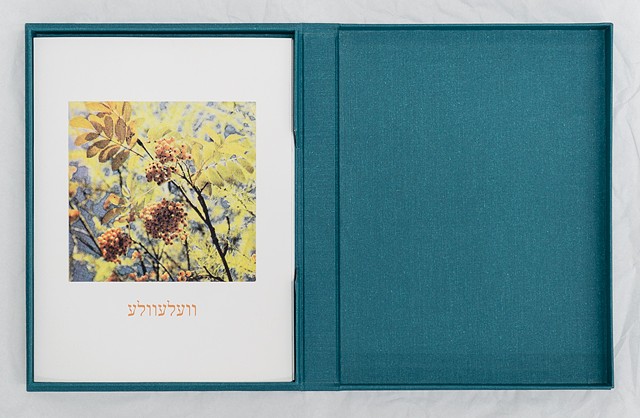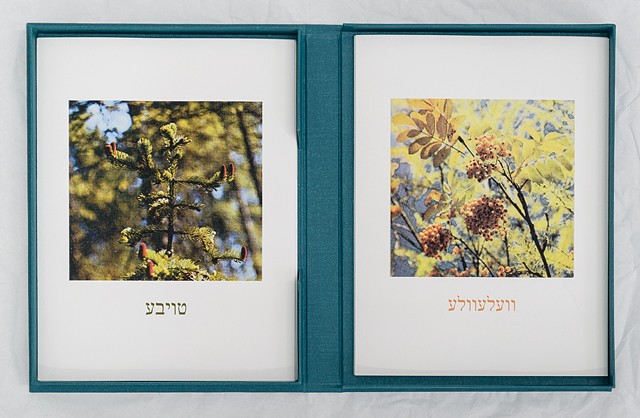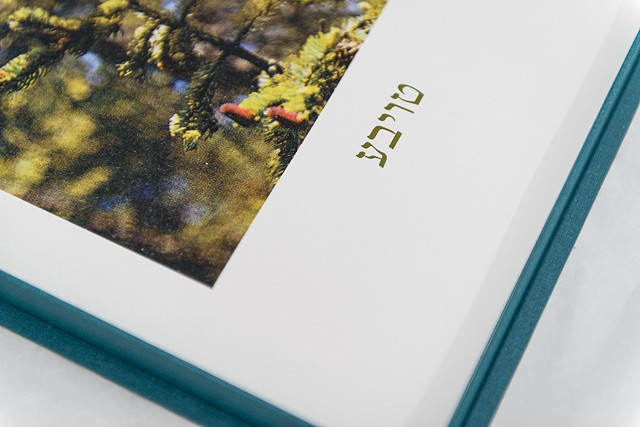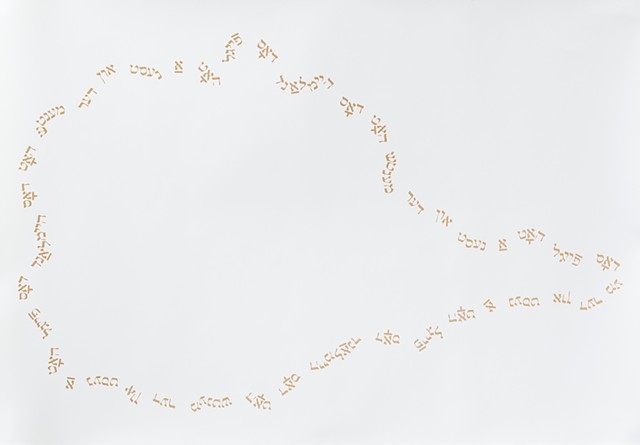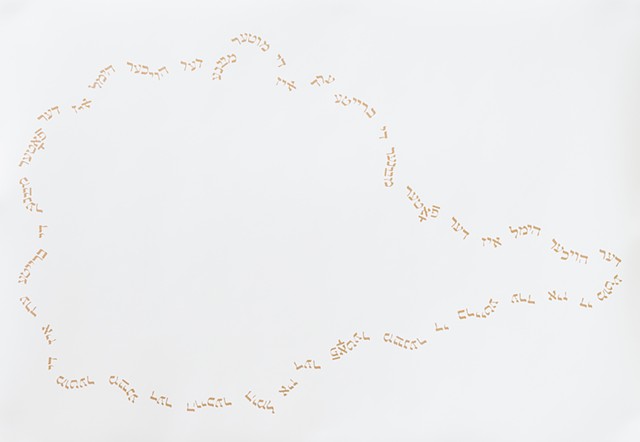Landscapes of the Jewish Autonomous Region, 2012-2016
Located on the trans-Siberian railway in the Far East, Birobidzhan, the Jewish Autonomous Region within the Russian Federation, sits close to the border with the People's Republic of China. Birobidzhan was established in 1934 under the Soviet nationalities policy, which encouraged specific ethnic groups to create autonomous regions in Russia and develop language and culture that are “national in form and Socialist in content.” The region held Yiddish as its official language and was supposed to become a home for the majority of Soviet Jews, solving the “Jewish question” in the Soviet Union.
Initially, the Birobidzhan project attracted a number of Soviet Jews as well as Jewish foreigners from Argentina, the United States, Palestine and other countries – all of whom came to help build a secular Socialist Jewish homeland. In the long run, the Birobidzhan experiment was unsuccessful in attracting the majority of Soviet Jews. Many Jewish expats left Birobidzhan demoralized by Stalin’s purge of the region’s leadership in 1937 and by the inhospitable Taiga climate. The Jewish Autonomous Region still exist today as part of the Russian Federation, with only a five percent Jewish population as of 2007 – that’s about 4,000 people.
The exhibition titled Landscapes of the Jewish Autonomous Region features several projects that reflect on the (dis)connections between identity, land, and landscape, informed by notions of belonging, (inter)nationalism, and Utopia.
Among the projects in the exhibition is a series of black-and-white oil paintings titled, Landscapes of the Jewish Autonomous Region. The series is based on stills of landscapes from the 1936 black-and-white Soviet propaganda film titled, "Seekers of Happiness,” which narrates the story of a Jewish family from abroad who settled in Birobidzhan. Landscapes in the paintings are shown empty and abstract and juxtaposed with equally abstract terms as “nation”, “motherland”, “statehood,” etc.
Birobidzhan Maps is a series of drawings in gold ink on paper. The series maps Birobidzhan within Russia using proverbs and sayings about “home” and “belonging” in different minority languages in Russia (Tuvan, Kumyk, Nogai, etc.) which Fiks translated into Yiddish.
Flora and Fauna of the Jewish Autonomous Region is an artist’s book consisting of pictures of animals and plants found in Birobidzhan. The photos were first published in a 1984 propaganda book in Russian, Yiddish, and English to commemorate the 50th year anniversary of the establishment of Birobidzhan. In Yevgeniy Fiks’ 2016 rendition, each image of Birobidzhan’s plants and animals is given a personal Yiddish name by the artist.
The exhibition also includes a collection of Birobidzhan memorabilia from Fiks’ collection, which includes historical books, stamps, pins commemorating the creation of the region. The Soviet film “Seekers of Happiness,” which served as the point of departure for this project, is also screened as part of the installation.
